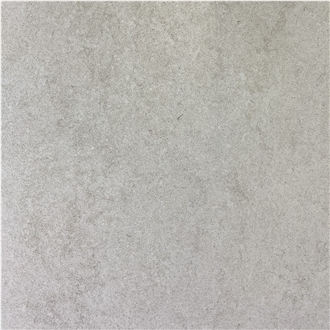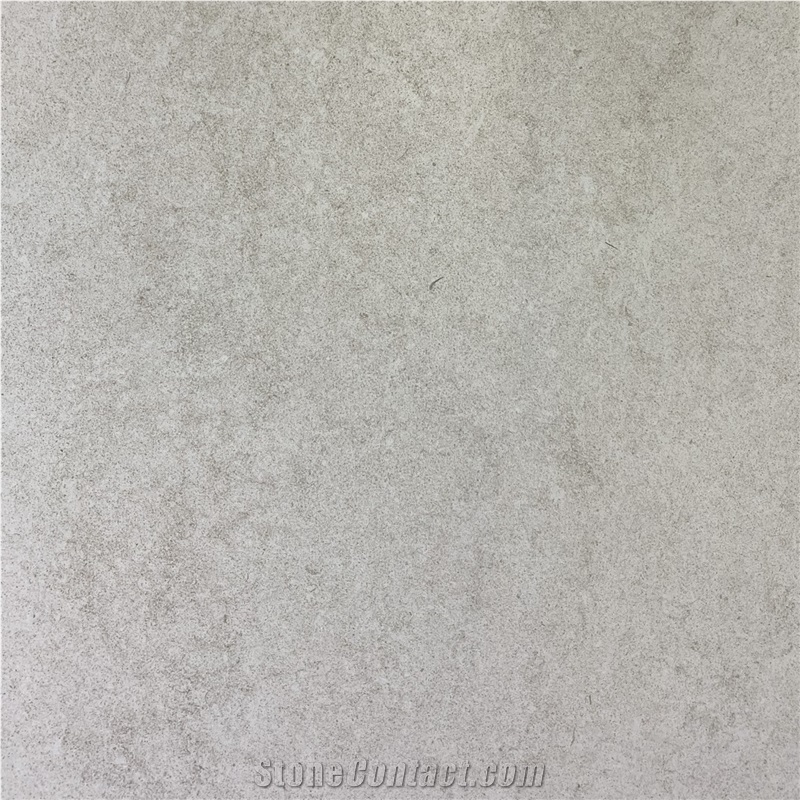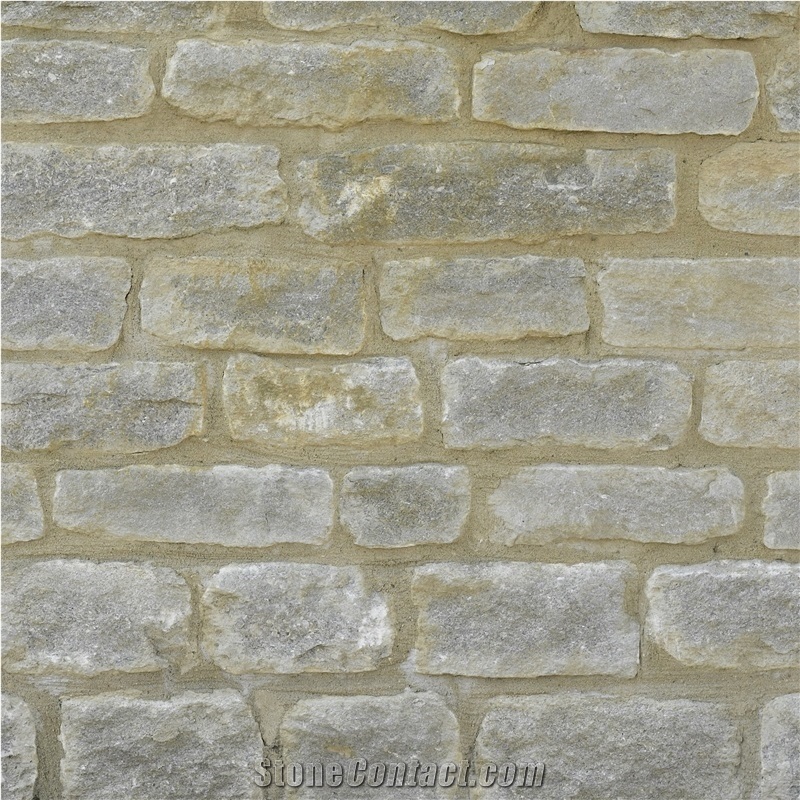Blisworth Stone
 United Kingdom
(Blisworth, Northamptonshire)
United Kingdom
(Blisworth, Northamptonshire)
Blisworth Stone, also known as Blisworth Limestone, is a distinguished natural stone prominent for its aesthetic appeal and structural qualities. Below is a detailed description of its properties, composition, and uses:
Physical and Mechanical Properties:
- Water Absorption: Typically low, generally around 2.5 - 3.8 %, which contributes to its durability and suitability for external applications.
- Density: Approximately 2,480 – 2,560 kg/m³, indicating its solid and robust nature.
- Flexural Strength: It often ranges from 4.5 to 6.8 MPa, enabling its use in load-bearing applications.
- Compressive Strength: Generally found in the range of 38 to 47 MPa, suggesting its strong resistance to pressure.
- Hardness: Between 3 and 4 on the Mohs scale, reflecting moderate hardness suitable for various applications.
- Porosity: Typically low, ranging from 5 to 10%, contributing to its weather resistance and durability.
- Slip Resistance: Good, particularly when textured, making it suitable for flooring and outdoor pavements.
Chemical and Mineral Composition (% by weight):
- Calcium Carbonate (CaCO₃): Predominantly around 90%, the main component of limestone.
- Silica (SiO₂): Approximately 2-5%, contributing to the stone's hardness and weatherability.
- Alumina (Al₂O₃): About 1-3%, affecting the stone’s durability and color.
- Iron Oxides (Fe₂O₃): Around 0.5-2%, which may impart slight color variations.
- Other Trace Minerals: Make up the remainder, contributing to the stone's unique characteristics.
Usage:
- Construction: Widely used in building facades, interior walls, and flooring due to its appealing aesthetic and durability.
- Landscaping: Employed in paving, stone walls, and garden features for its natural look.
- Restoration: Suitable for restoration projects, particularly those requiring stone similar to historical structures.
- Decorative Elements: Used for columns, balustrades, and other architectural features.
Maintenance:
- Regular cleaning with pH-neutral cleaners is recommended to maintain its appearance.
- Occasional sealing may be required to enhance its longevity and resistance to staining.
Cutting Sizes (cm) and Available Common Surface Finish Options:
Cutting Sizes: Commonly cut into tiles and slabs with typical dimensions ranging from 30x30 cm to 60x120 cm, depending on the application.
Surface Finish Options:
- Honed: Smooth and matte, ideal for indoor applications.
- Polished: Gives a glossy finish, enhancing color and pattern, suitable for interiors.
- Brushed: Offers a textured surface, providing slip resistance.
- Bush-Hammered: Rough texture, ideal for non-slip surfaces and outdoor use.
- Sandblasted: Lightly textured and retains a natural look, perfect for exteriors.
Blisworth Stone is appreciated for its distinctive aesthetic features and robust properties, making it a preferred material in various architectural and design applications. Its effective quarrying and processing at the Churchfield Farm site ensure the continuation of its legacy in modern construction and design.
The request includes: 1. surface finished, size 2. quantity required
 Hel***Wrote:
Hel***Wrote:
Good Afternoon, We are currently working on a small church extension project and would like help in specifying the appropriate rubble stone for the plinth. Unfortunately, we are not that experienced in this field, and therefore are concerned with the rubble stone matching the existing stonework of the church. Is it possible to send a sample to office. We would really appreciate the samples being sent out as soon as possible, as we would like to take them to site with us Monday afternoon to compare. In the meantime, could you please send through the specification for rubble stone that may be appropriate for our proposals. Thanks for your understanding, we look forward to hearing from you.










